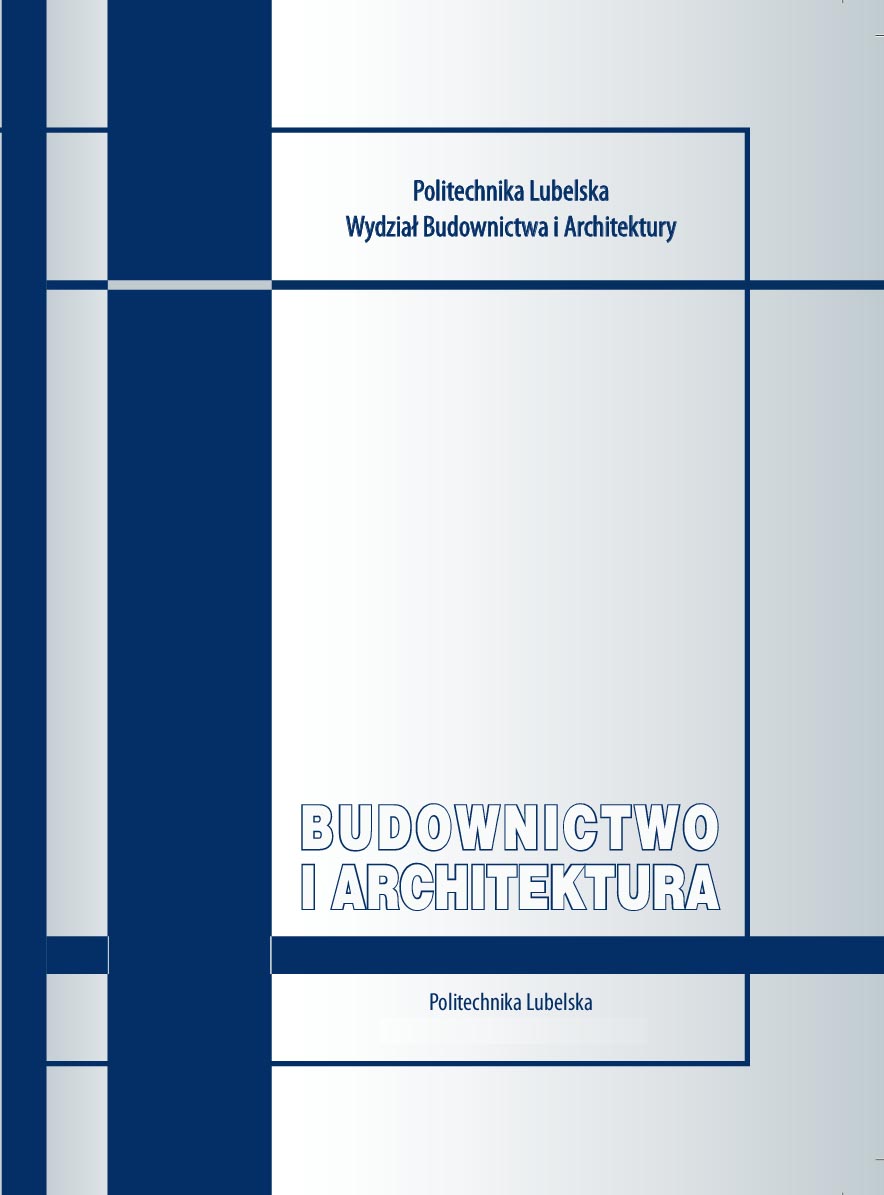Wpływ nadbetonu na pracę sprężonych płyt stropowych HC
na podporach podatnych
Influence of concrete topping on behaviour of prestressed Hollow Core floor slabs on flexible supports
Author(s): Wit Derkowski, Mateusz SurmaSubject(s): Architecture
Published by: Biblioteka Politechniki Lubelskiej
Keywords: Hollow Core; flexible support; Slim Floor Structures; concrete topping; precast slabs
Summary/Abstract: Slim Floors (SF) are the structures made of the Hollow Core (HC) slabs supported on the slender beams, where the beam height is usually slightly greater than the height of precast slab element. With the increase of the supports' deflection, the deformation of the HC slab occurs, and in consequence, additional transverse normal and shear stresses appear in the precast element, which can cause a diagonal cracking and destruction of external webs of this element. It may also result in longitudinal cracks on bottom surface of the slab. Despite the frequent implementation of this type of structures, the existing standard EN 1168 gave only a brief record of the need to take the reduction in design shear capacity into account, but is not given any calculation procedure. It is widely believed that reduction of unfavourable effects of shear stress in the HC slab’s web can be achieved by filling the cores with concrete or arrangement of the monolithic layer or concrete topping. The fib guidelines are practically the only one document which allows to determine the shear capacity of SF slabs, including the influence of concrete topping or core filling – brief description of this design model is presented in the paper. In order to determine the effect of concrete topping on the behaviour of prestressed HC slabs on the flexible supports, a number of calculation analyzes were performed, which take into account the effects of thickness of the concrete topping, the value of the friction coefficient between the concrete topping and the precast element, the sequence of concreting of vertical joints and topping layer and the amount of supplementary reinforcement in the topping. The results of the calculations, and the conclusions derived from them, are presented in the article.
Journal: Budownictwo i Architektura
- Issue Year: 12/2013
- Issue No: 1
- Page Range: 107-114
- Page Count: 8
- Language: Polish

